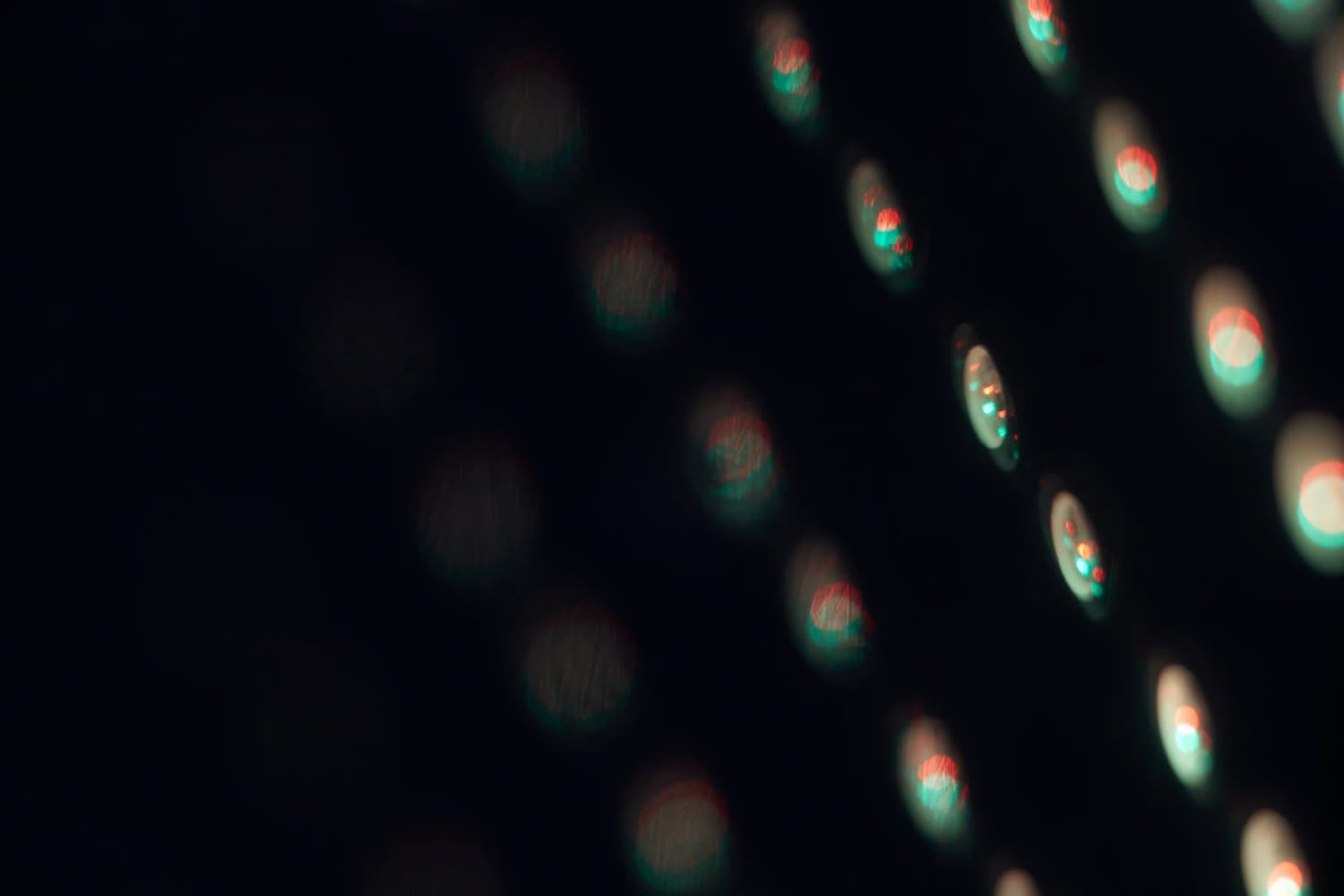After the acquisition of augmented reality glasses specialist North in June 2020, Google continues to focus on devices worn closer to the eyes. This time it’s Raxium who grave in the purse of the search engine, a start-up that develops micro-LED screen technologies.
” The Raxium team has spent five years creating miniaturized, affordable and energy-efficient high-resolution displays that lay the foundation for future display technologies. writes Rick Osterloh, Vice President Devices & Services from Google. Of course, it does not go much further, and above all the leader says nothing about the intentions of the search engine.
However, we can try a rapprochement with the Iris project in the making at Google, augmented reality glasses whose release would be scheduled for 2024. That is the same year as the first AR connected glasses from Meta…
The micro-LED is a technology that interests many manufacturers, including Apple. In 2018, we learned that Apple was busy hundreds of engineers on the subject, with the ambition to put microLED in all its products.

Apple wants MicroLED everywhere, from AR glasses to MacBooks
The micro-LED is different from the mini-LED that equips the screens of the 12.9-inch iPad Pro and the 14/16-inch MacBook Pro. This technology applies the principle of OLED screens (and their advantages, including flexibility) to inorganic light-emitting diodes. A self-emissive source that lasts a long time, whose reaction time is very fast and which is also very bright (it can reach 100,000 nits). We had made a topo of the main current screen technologies in this article:
mini-LED: everything you need to know about the Liquid Retina XDR display
.
[related_posts_by_tax taxonomies=”post_tag”]
The post Google’s future connected glasses with Raxium’s micro-LED? appeared first on Gamingsym.

